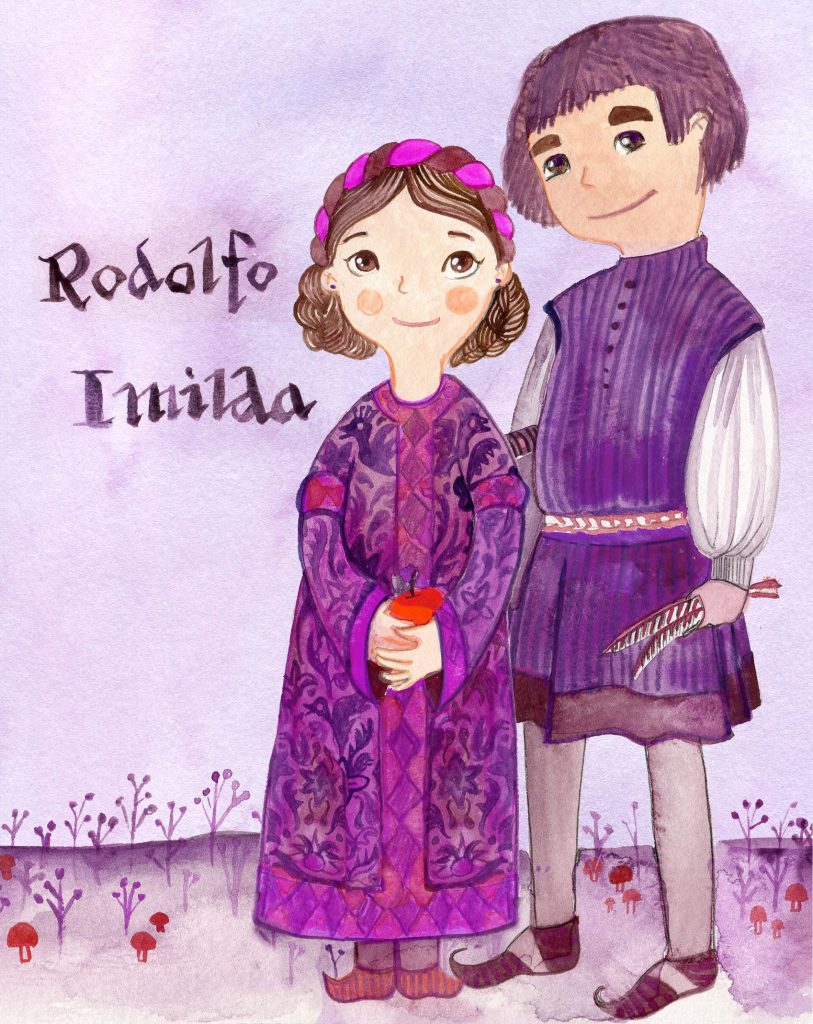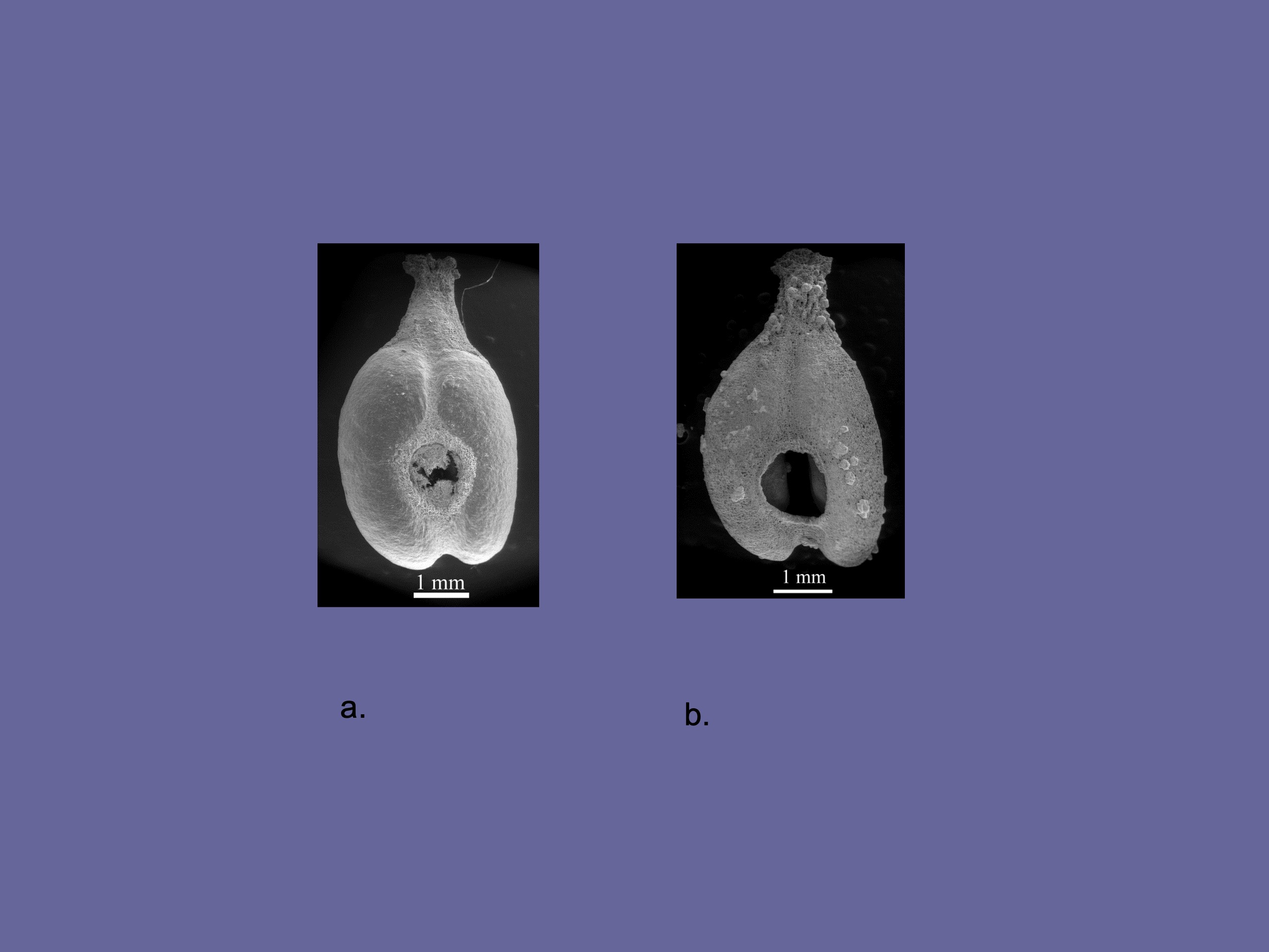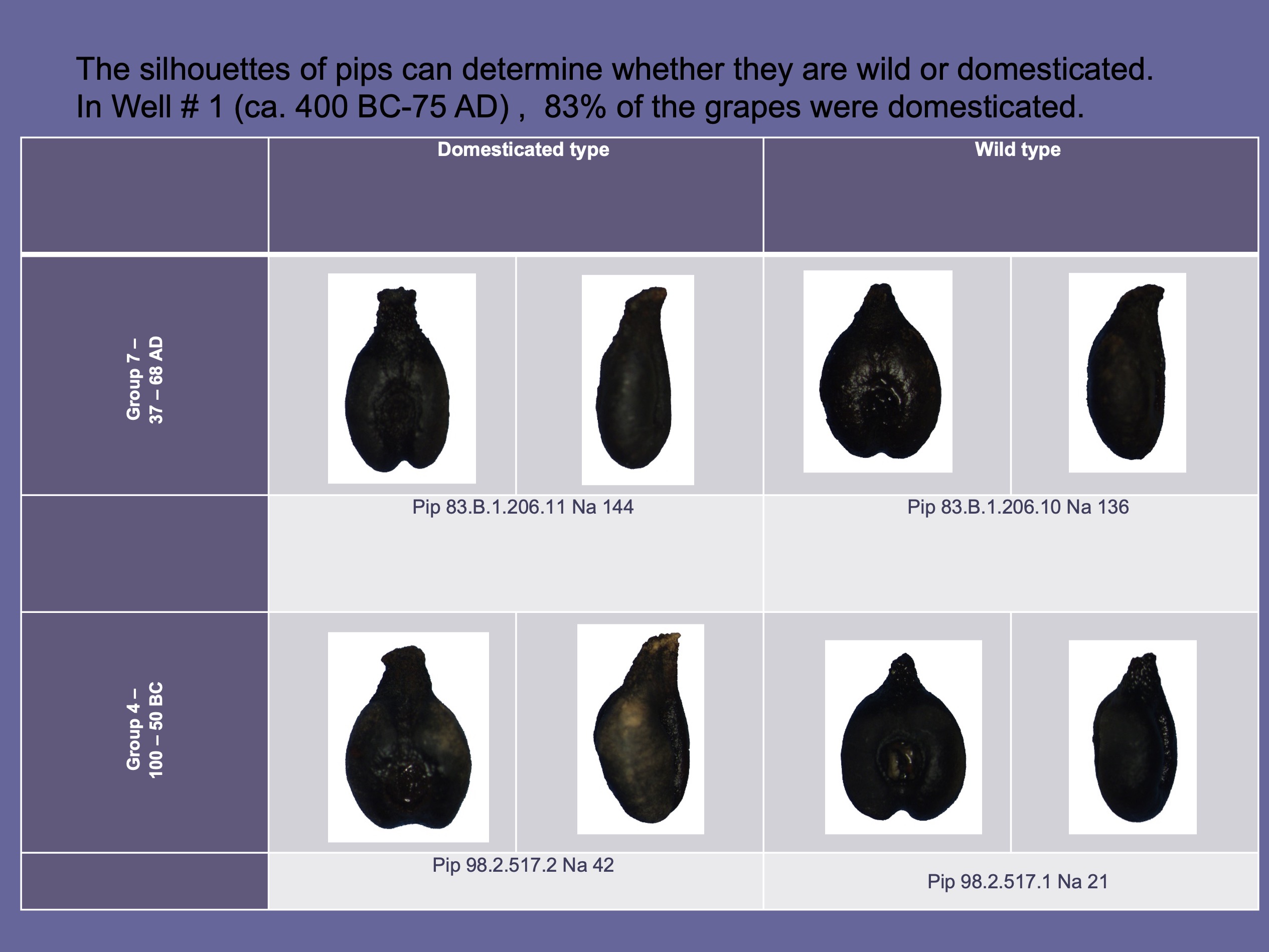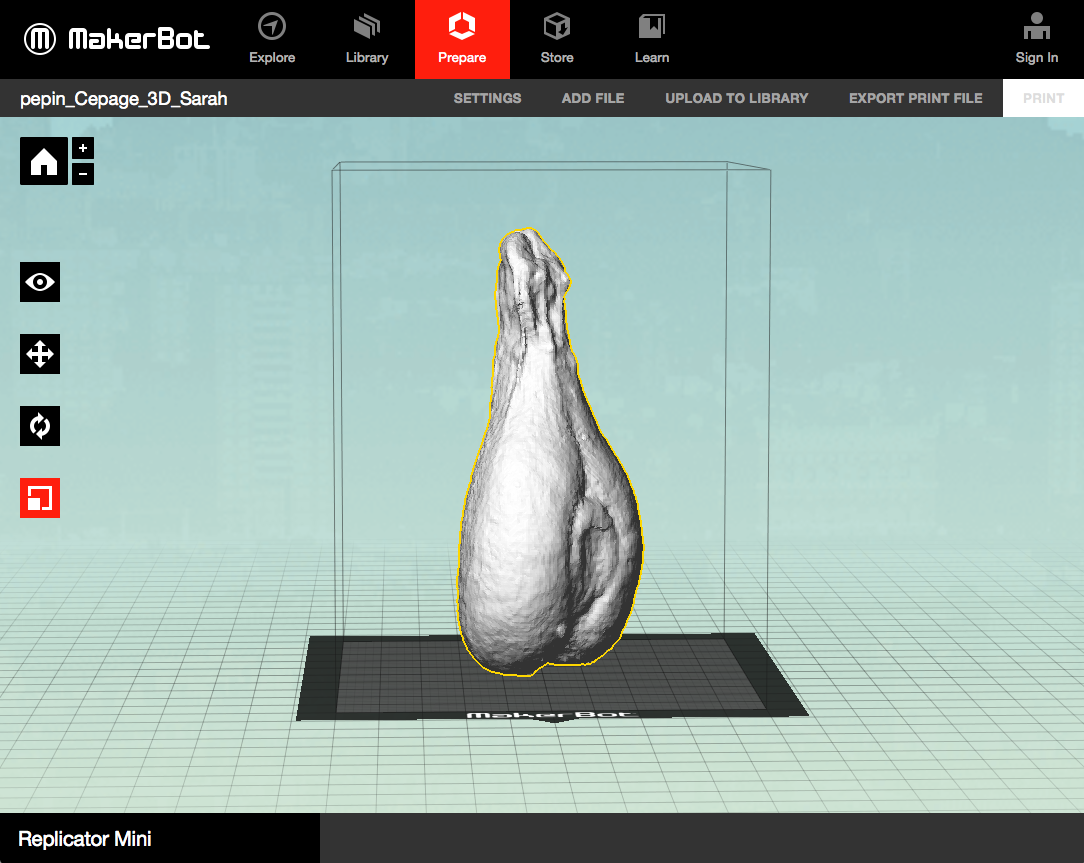
Cetamura Wine Cellar
Morphometric Analysis
Location | Well #1 |
Etruscan grape seed
- C391-Locus 110.
- Well Group I
- ca.300-200 BCE
Roman grape seed
- C132-Locus 86 B.
- Well Group VII
- ca. 37-68 CE
Laurent Bouby, of the Institut des Sciences de l’Evolution (ISEM) Institut de Botanique, Montpelier, an expert on ancient grapes found on sites in France, took microphotos of 310 examples of the waterlogged grape pips from Well # 1 for morphometric analysis.
From the silhouettes of the pips it was possible to see the differences between wild and cultivated grapes quite clearly. Studies carried out on modern seeds allow for discrimination with strong statistical reliability. Cetamura shows a very high rate of domesticated grapes, around 83%, including both Etruscan and Roman specimens. Bouby could also create a spectrum of the silhouettes of grape seeds from Etruscan to Roman times. He identified 6 groupings, raising hopes that we may identify diverse varieties of grapes at Cetamura.
Bouby also supplied photos of modern grape seeds in a format for 3-D printing, allowing a dramatic view of the surfaces of grape pips. This technology will also be applied to the Cetamura seeds, allowing for 3-D models to be created far from the location where the seeds are stored in refrigerated conditions.
Bibl. L. Bouby, S. Ivorra, and J.-F. Terral, “Morphometric Analysis of Vitis seeds from Well # 1 at Cetamura del Chianti: First Results.” In Wells of Wonders, 2017, 289-283.
Etruscan activities for kids
Meet Lucius & Fulvia
Roman activities for kids

Meet Rodolfo & Imilda
Medieval activities for kids







